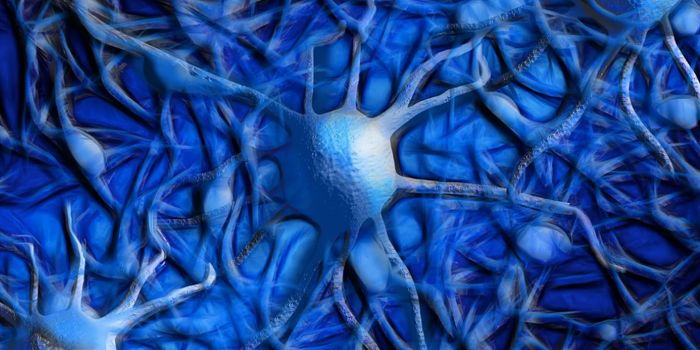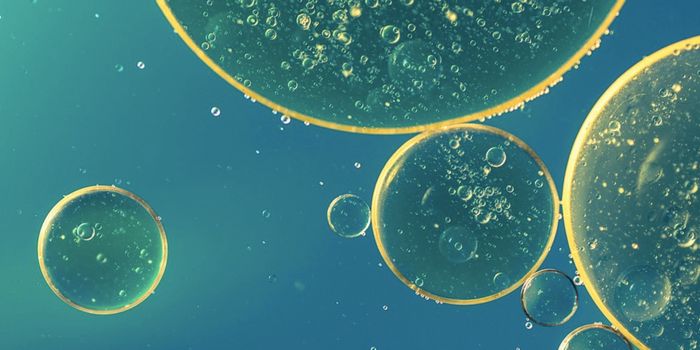Lasers Stimulate Stem Cells to Grow & Specialize Faster
Our body can only repair so much damage or injury, so treatments that can regenerate damaged or dead tissues may be very useful for a variety of applications. Stem cells have the potential to become virtually any type of specialized cell, so they could be useful in regenerative therapies that might one day repair the heart after a heart attack, or bone in an osteoporosis patient. But for those therapies to be successful, a lot of stem cells would be needed.
Researchers have now created a method that may enable scientists and clinicians to use stem cells that come from the body fat of adults in those kinds of treatments. This approach uses a combination of lasers to make the cells grow faster and specialize into distinct types of cells more rapidly than previous methods. The findings have been reported the journal Biochimie.
“The hope is that stem cell therapy for diseases such as osteoporosis will enhance the human body's own repair abilities in [the] future. With osteoporosis, the cells that should be differentiating into bone stop doing that," and it's possible that a stem cell therapy of the future would help patients retain calcium in their bone cells, suggested senior study author Professor Heidi Abrahamse, the Director of the Laser Research Centre (LRC) at the University of Johannesburg.
“Currently, clinical trials using stem cell therapies for chronic diseases are not as effective as hoped. In those trials, they use chemical or biological ways of encouraging cell differentiation."
Abrahamse explained that in this work, the researchers tried another approach and applied a tool called photobiomodulation (PBM), in which stem cells are exposed to a specific wavelength of light, which triggers a response from those cells. Near-infrared light is known to stimulate stem cells to divide and create additional stem cells more quickly. However, that light doesn't make the cells specialize into the specific types that would be needed in therapeutics.
So, in this study, the researchers assessed the effects of other light conditions on the stem cells. The work revealed that when a second laser light at 525 nanometers, which is green, was applied after the near-infrared light, the cells proliferated 54 percent more compared to untreated controls. The scientists also found that the number of powerhouses, or mitochondria in the cells had also increased; the researchers suggested that means that the cells were more prepared for differentiation.
Sources: University of Johannesburg, Biochimie








